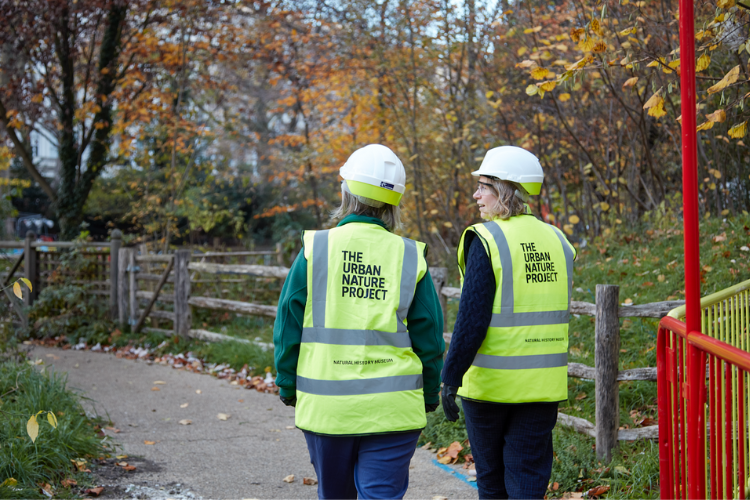As a data scientist passionate about the climate, I was privileged to be part of a Thoughtworks team working alongside Amazon Web Services (AWS) to build a new data platform for the Natural History Museum’s Urban Nature Project. The Data Ecosystem will help researchers build a deeper understanding of the UK’s urban biodiversity, including its composition, how it relates to environmental conditions and how it responds to direct conservation action.
As part of the project, Thoughtworks was selected by the Natural History Museum to develop the new biodiversity and environmental monitoring Data Ecosystem that will capture, share and interpret urban nature data for different audiences. This platform will help transform the Museum’s scientific research and community science capabilities by bringing together a broad range of UK biodiversity and environmental data types in one place for the first time, encouraging more integrated cross-disciplinary research programmes.
The Museum will make the Data Ecosystem available to its researchers at the Museum’s, as well as researchers at the Museum’s partner institutes across the UK. Scientists will be able to study biodiversity data types alongside environmental data such as soil and atmospheric chemistry or noise pollution, rapidly and accurately. This, combined with access to the Museum’s 28 years of historical wildlife data from their South Kensington gardens, will build an increasingly detailed picture of biodiversity functioning and health and is expected to open up large-scale opportunities for research and nature positive action. The intention, over time, is to capture all new UK biodiversity and environmental data from Natural History Museum projects and create a central hub for the UK’s biodiversity data.
As Richard Hinton, CIO, Natural History Museum said: "The home to more than 80 million specimens - and with more than five million visitors annually - the Natural History Museum is also a center of research specialising in taxonomy, identification and conservation. The ‘Urban Nature Project’ gives us the opportunity, through data, to advance research, to support education and help people to reassess humanity's impact on UK biodiversity.”


Visual and environmental DNA-based observations of plants and wildlife, as well as environmental and acoustic monitoring data from a high spatial resolution sensor network in the Museum’s gardens will be curated and combined within the Data Ecosystem. The richness of data will enable the Museum’s scientists to build scientific evidence of the impacts that habitat creation, restoration, and translocation have on the UK’s urban wildlife, from grassland to pond habitats.
The Data Ecosystem is also designed to enable the Museum’s globally-recognised Community Science Programme, by providing a platform through which individuals, community groups and schools can join, contribute to and steer world-class research relating to their local wildlife and environment by inputting data.


In an age where urbanisation and modern technology have distanced many from the wonders of the natural environment, initiatives like the Urban Nature Project offer a bridge back to nature. By making biodiversity and environmental data accessible and understandable, we not only empower scientists but also create opportunities for individuals, communities, and schools to actively participate in world-class research. This bridge allows us to better appreciate the intricate web of life that sustains our planet and inspires a sense of responsibility for its conservation.
The first Community Science Programme using the Data Ecosystem is now live! Why not join our new mass community science project, Nature Overheard, investigating the impact of noise pollution on insects near roads.
Disclaimer: The statements and opinions expressed in this article are those of the author(s) and do not necessarily reflect the positions of Thoughtworks.

















